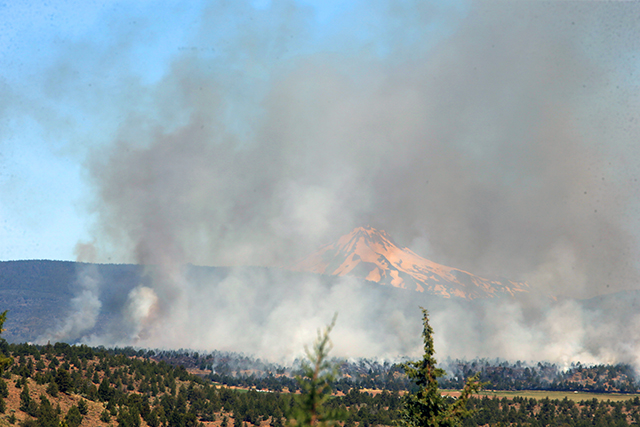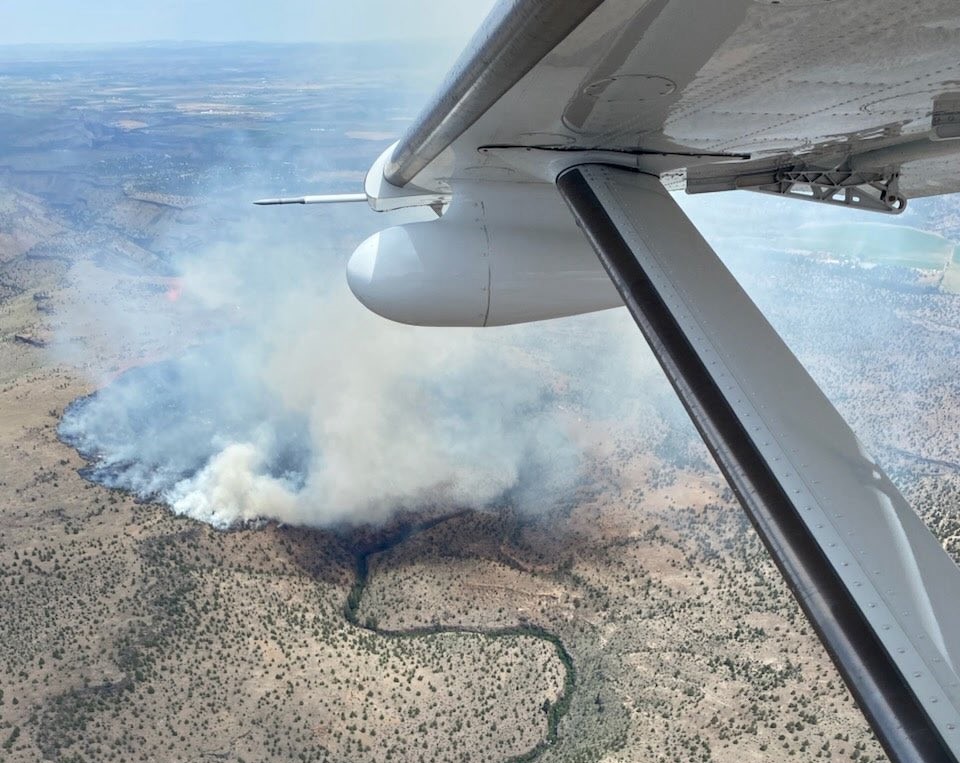How to make a terrarium
Published 4:00 am Tuesday, February 19, 2013
A terrarium garden situated in a decorative jar or globe is the perfect way to get a gardening fix in the middle of winter and create a spot of greenery and color for any small space in a home.
The glass container gardens are assembled using river rock, charcoal and moss in layers beneath potting soil, which keeps oxygen in the bottom of the terrarium to promote airflow, cleanliness, evaporation and condensation.
“The terrarium is its own microclimate,” explained Sarah VanAmburg, plant maintenance technician at Cascade Garden Center in Bend. “You get to watch the roots grow.”
VanAmburg also created mini-gardens using decorative glass vases or dishes and the same layers as used for a closed terrarium. An even simpler type of terrarium is one made in an open glass globe that looks like a fish bowl with only river rock in the base. This dirtless terrarium is the perfect surface for a tillandsia plant, more commonly known as an air plant.
Watering
When watering a closed terrarium, use a water spray bottle to spritz the walls of the inside of the container and the plant leaves to establish a microclimate. “Terrariums with lids will create their own rain cycle,” said VanAmburg.
The water introduced into the closed space will move from absorption into the root system, then out the plant leaves as moisture into the air, where it will form as condensation on the top of the container and drip back down into the soil like rain.
This cycle is continually repeated, which is why the terrarium requires watering only about once a month.
The condensation on the inside of the lid of a terrarium indicates that it is healthy. If there are no drops of water collecting on the lid, then more water should be added. VanAmburg recommends opening up the top about once a week to replenish the oxygen inside. Dirtless terrariums and mini-gardens need to be watered once a week due to evaporation.
Sunlight
Terrariums thrive in cool non-direct light, like morning light. If the container is exposed to direct afternoon and evening sun, the temperature inside the terrarium will get too high.
“Keeping it out of direct sunlight is essential,” said VanAmburg. “If it is too hot, it will … bake your plants.”
Good placement for a terrarium is as an accent piece in your decor rather than in a window where it catches light.
How to build a terrarium
Supplies required:
River rock Activated charcoal Moss Potting soil Terrarium plants: Choose plants that like high humidity and low light, including small ferns, moss, creeping fig, pilea and begonia. For a terrarium without dirt, Sarah VanAmburg, plant maintenance technician at Cascade Garden Center in Bend, used a tillandsia, or air plant. All supplies can be found at home and garden stores. VanAmburg recommends using store-bought materials to reduce the risk of introducing bacteria or mold into the terrarium micro-environment.
Step 1: Choose a glass container with a lid.
Step 2: Fill the bottom with about an inch of river rock or gravel. This is to promote drainage and air flow.
Step 3: Add a small layer of activated charcoal for purification purposes.
Step 4: Add a layer of live moss, which serves as a filter.
Step 5: Add approximately two inches of potting soil.
Step 6: Plant two-inch potted plants. VanAmburg used pilea, club moss and angel wing begonia.
Step 7: Pack down the soil gently and add decorative moss and rocks.
Step 8: Generously spray the inside walls and plant leaves with water and replace the lid.
Step 9: Watch for water condensation on the inside of the lid. If there isn’t any, add more water. Water approximately once a month.
To make a mini-garden, choose a container without a lid and follow the same steps, being sure to water more frequently. To create a dirtless terrarium, add only river rock and the air plant.






